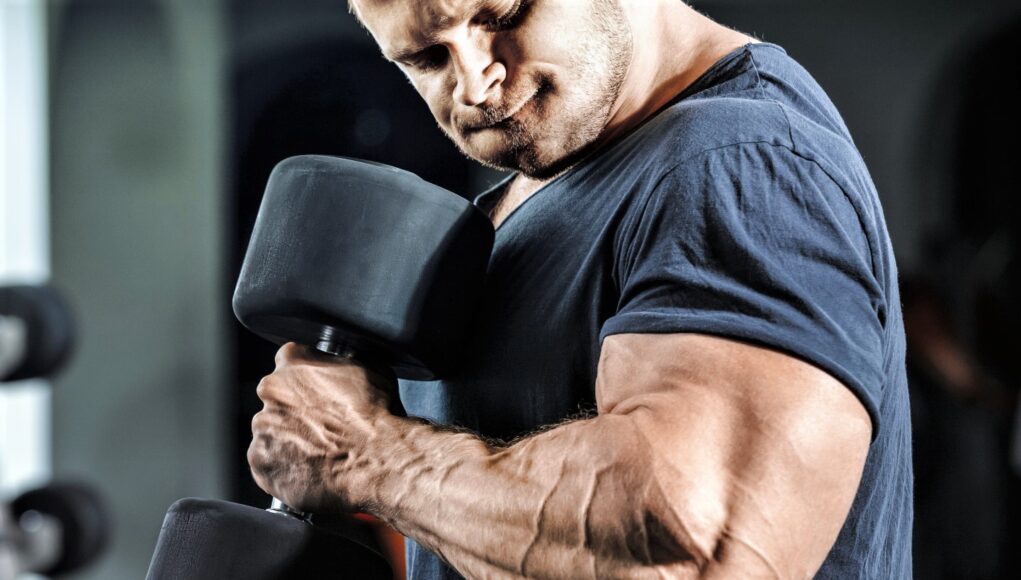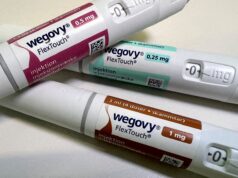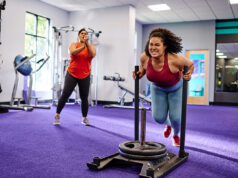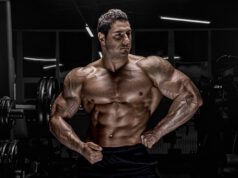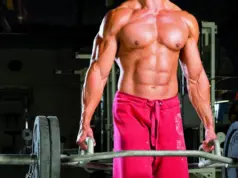How Do Bodybuilders Build Big Forearms?
Forearm development is a crucial aspect of bodybuilding, both for aesthetics and functional strength.
Bodybuilders focus on forearm training because these muscles play a key role in grip strength, endurance, and overall arm size.
The forearms consist of multiple small muscle groups, including the flexors and extensors, which require dedicated training to grow effectively.
Bodybuilders build big forearms using a combination of direct isolation exercises and compound movements that engage the forearms indirectly.
Exercises like wrist curls, reverse curls, and farmer’s carries specifically target the forearm muscles. Additionally, pulling movements such as deadlifts, pull-ups, and rows force the forearms to work hard to maintain grip, leading to hypertrophy over time.
Another crucial factor in forearm development is progressive overload. Just like any other muscle group, the forearms need increasing resistance over time to grow.
This can be achieved by gradually increasing weights, repetitions, or intensity. Bodybuilders also incorporate time-under-tension techniques, such as slow negatives and static holds, to enhance muscle activation and endurance.
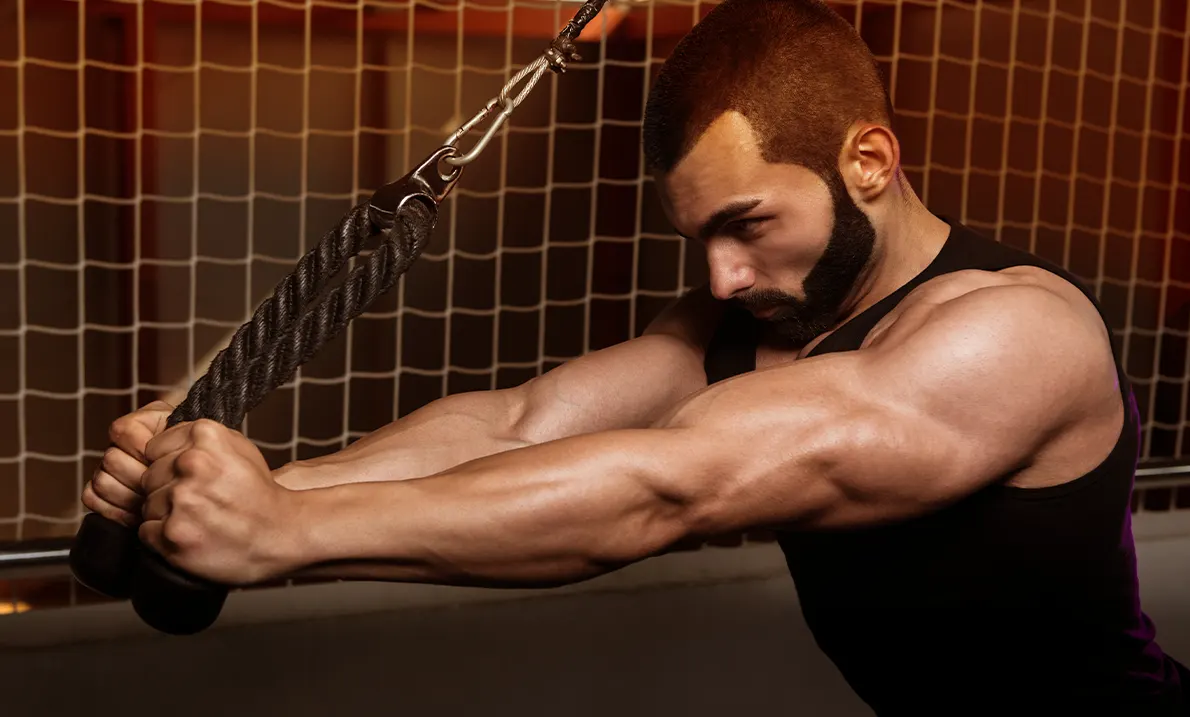
Are Forearms Hard to Grow?
Forearms are often considered one of the more challenging muscle groups to develop. One of the reasons for this difficulty is that the forearms are used extensively in daily activities, making them highly resistant to fatigue.
Unlike the biceps or chest, which may experience rapid hypertrophy with proper training, the forearms often require a more prolonged and focused approach to see significant gains.
Genetics also play a role in forearm growth. Some individuals naturally have thicker and more muscular forearms due to genetic predisposition, while others may struggle despite consistent training.
Those with naturally smaller wrists and thinner arms may need to put in extra effort to build significant forearm mass.
Another reason forearm growth can be slow is that many lifters unintentionally neglect them. While grip-intensive exercises like deadlifts and rows do contribute to forearm strength, direct training is essential for maximizing development.
If forearm growth is lagging, incorporating specific forearm exercises multiple times per week can help break through plateaus.
Do Hand Grippers Build Forearms?
Hand grippers are a popular tool for improving grip strength, but their effectiveness for building forearm mass depends on how they are used.
Regular use of hand grippers can strengthen the muscles responsible for crushing grip, particularly the flexor muscles in the forearm. However, they do not provide a comprehensive workout for all the muscles in the forearms.
For balanced forearm development, bodybuilders should use hand grippers in conjunction with other exercises. A well-rounded forearm routine should include wrist curls, reverse curls, and pronation/supination movements to engage both the flexors and extensors.
Additionally, using hand grippers with progressive resistance, performing holds for time, and incorporating high-repetition training can enhance their effectiveness.
While hand grippers contribute to endurance and grip strength, they should not be relied upon as the sole method for forearm growth. Their primary benefit lies in improving functional strength for activities such as lifting, climbing, and sports performance.
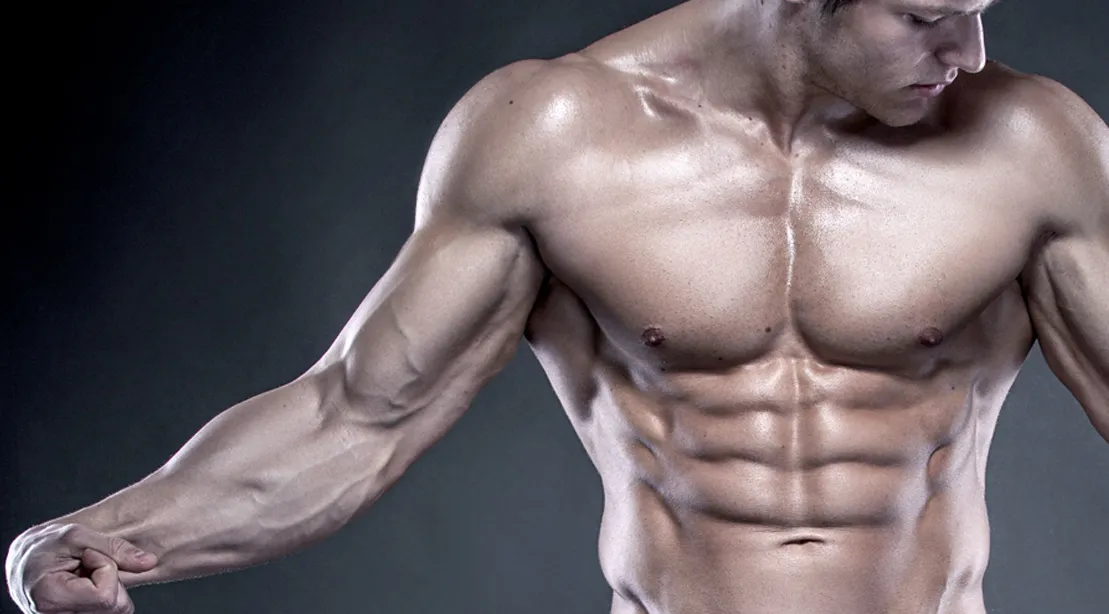
Can You Overtrain Forearms?
Like any other muscle group, the forearms can be overtrained if not given adequate recovery. Because they are involved in almost every upper-body exercise and many daily activities, they are prone to overuse.
Overtraining the forearms can lead to symptoms such as prolonged soreness, decreased grip strength, and even issues like tendonitis or nerve compression.
To avoid overtraining, bodybuilders should monitor their training volume and frequency. The forearms recover relatively quickly compared to larger muscle groups, but they still need rest.
Training them two to three times per week with sufficient rest between sessions is generally effective. It is also important to vary training intensity—alternating between heavy resistance training and lighter endurance-focused work can prevent excessive strain.
Proper recovery strategies, including stretching, massage, and adequate nutrition, also play a crucial role in preventing overtraining. Ensuring sufficient protein intake and staying hydrated helps support muscle repair and growth.
How to Get Veiny Forearms?
Vascularity in the forearms is a common goal among bodybuilders, as it signals low body fat and high muscle definition. To achieve veiny forearms, two primary factors must be addressed: muscle growth and body fat percentage.
Building the forearms through resistance training increases muscle size, which pushes veins closer to the surface.
Exercises that emphasize grip and forearm endurance, such as farmer’s carries, wrist curls, and rope climbs, are particularly effective for developing the muscles necessary for pronounced vascularity.
Reducing body fat is the second critical component. Forearm veins become more visible when body fat percentage is low.
Achieving this requires a combination of strength training, cardiovascular exercise, and a calorie-controlled diet. Maintaining a lean physique through proper nutrition—focusing on whole foods, lean proteins, and healthy fats—enhances vascularity.
Hydration also plays a role. Dehydration can cause blood vessels to constrict, making veins less prominent.
Drinking enough water throughout the day ensures optimal circulation and blood volume, helping veins stand out more. Additionally, consuming foods rich in nitric oxide, such as beets and leafy greens, can improve blood flow and enhance vascularity.
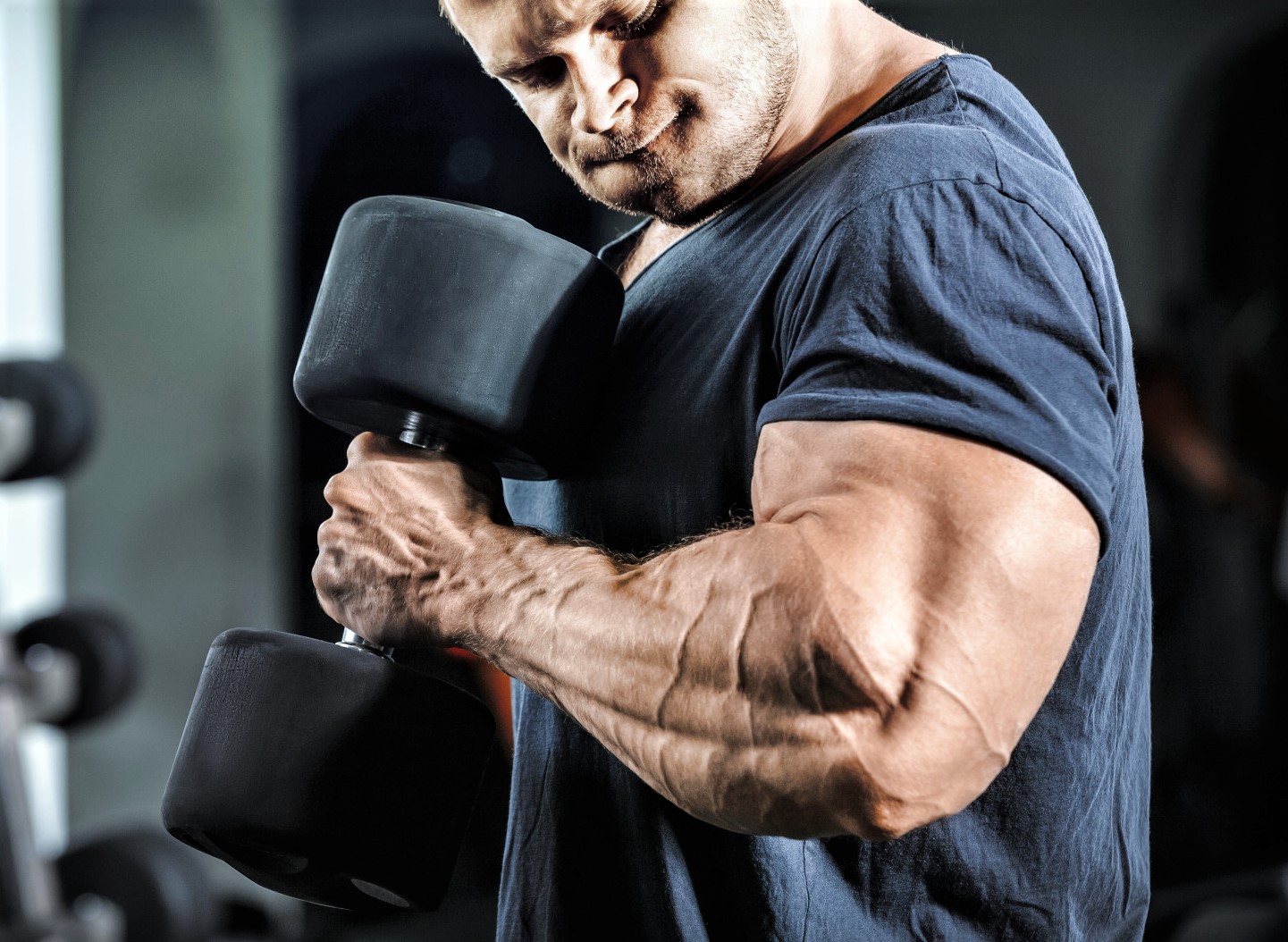
Best Forearm Workouts
To build strong, muscular forearms, incorporating the right exercises is essential. Some of the best forearm workouts include:
- Wrist Curls (Palms Up & Palms Down) – Targets both the flexor and extensor muscles for balanced growth.
- Reverse Curls – Engages the brachioradialis muscle, helping to create thicker forearms.
- Farmer’s Carries – Improves grip strength and endurance while promoting muscle hypertrophy.
- Plate Pinches – Enhances pinch grip strength and forearm endurance.
- Hammer Curls – Strengthens the brachioradialis and helps in overall forearm and arm development.
- Dead Hangs – Builds grip endurance and promotes forearm hypertrophy.
- Rope Climbs or Towel Pull-ups – Intensely engages the forearms, improving strength and muscle definition.
- Wrist Roller – An effective tool for forearm size and endurance.
A well-structured forearm routine incorporating these exercises two to three times per week will lead to noticeable gains over time.
Conclusion
Building impressive forearms requires consistent effort, proper training, and attention to recovery. While forearm development can be challenging due to genetics and frequent use in daily activities, a dedicated training approach incorporating direct and indirect exercises ensures progress.
Hand grippers can contribute to strength but should be supplemented with other exercises for maximum growth. Avoiding overtraining and prioritizing recovery are key to preventing injuries and sustaining long-term gains.
Finally, achieving veiny forearms comes down to a combination of muscle growth and fat loss, supported by proper hydration and nutrition. With the right strategy, anyone can develop stronger, more defined forearms.

